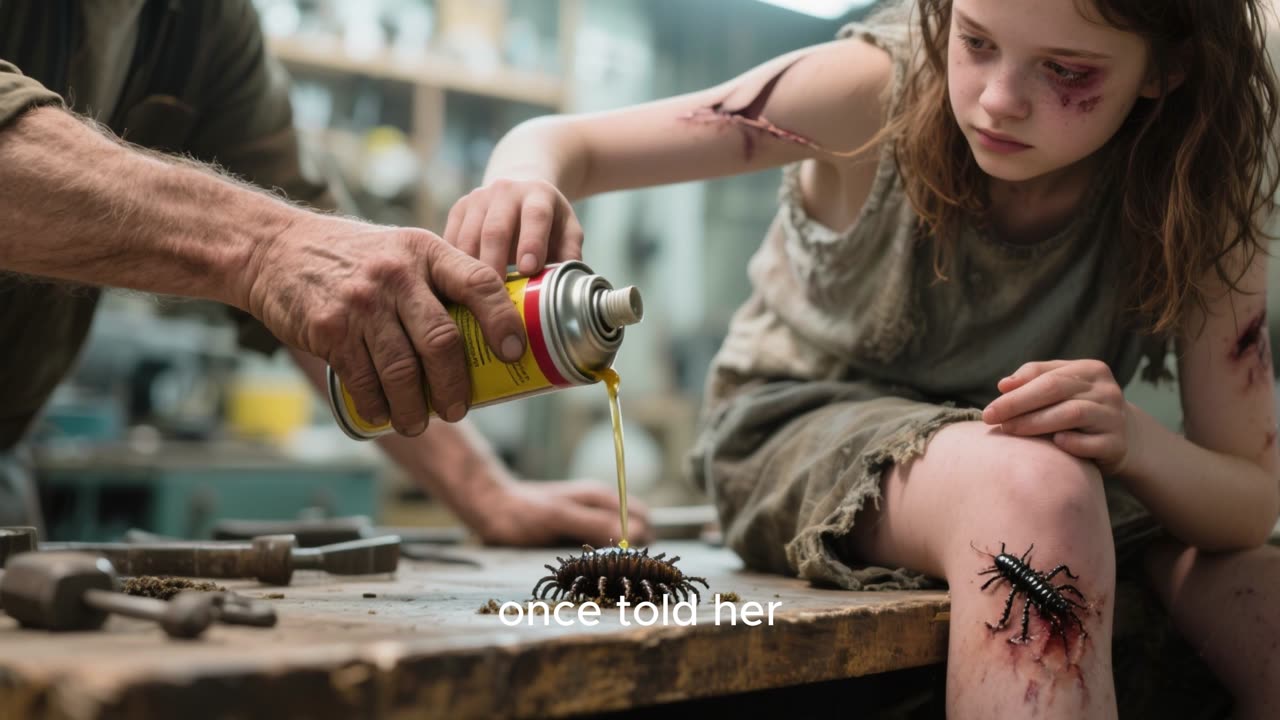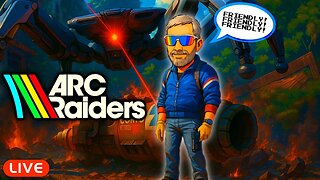Premium Only Content

Lost in the Green Inferno
The Amazon Jungle Survival of Juliane Koepcke
The rain fell like glass shattering against leaves, each drop a whisper in the endless green. Beneath a sky heavy with thunder, a young girl sat strapped in her airplane seat, staring out at the clouds, unaware that she was moments away from falling into the heart of the deadliest jungle on Earth. Her name was Juliane Koepcke, and her story would become one of the most extraordinary tales of survival in human history — a story of luck, will, and the fragile line between life and death.
It was Christmas Eve, 1971, when Juliane, seventeen years old, boarded LANSA Flight 508 in Lima, Peru. She was traveling with her mother to meet her father, both of whom were zoologists working deep in the Amazon rainforest. The plane was a Lockheed Electra, a small twin-engine aircraft filled with families, children, and travelers eager to spend the holidays together. Juliane sat near the window, gazing at the Peruvian mountains below, her mother beside her. They had only been in the air for half an hour when the light outside began to change — dark clouds rose like walls ahead, swallowing the horizon.
As the plane entered the storm, lightning flashed brighter than the cabin lights. The turbulence grew violent. Luggage crashed from overhead bins. Passengers clutched each other in panic. Then, in a blinding instant, a bolt of lightning struck the aircraft. The sound was not a crack, but a roar that split the world in two. The cabin tore apart. The fuselage broke open, and Juliane felt herself being ripped from her seat, hurled into the sky — falling, falling endlessly through a storm of wind and metal and screaming air.
When she opened her eyes again, she was lying on her back in a tangle of vines. The forest canopy swayed above her. The world was silent except for the hum of insects. Her seatbelt still wrapped around her waist. Her right eye was swollen shut. She had a deep cut across her leg, a broken collarbone, and was barefoot, alone, and deep in the Amazon jungle. Around her, the wreckage of the plane was nowhere to be seen. She was the only one alive.
For hours she called for her mother, her voice vanishing into the endless green. There was no answer — only the roar of the jungle. She remembered what her father had taught her about survival in the wild. The first rule: follow water. Streams lead to rivers, and rivers lead to people. So she began to walk, slowly, limping, through mud and vines, through swarms of mosquitoes that bit until her blood ran.
The forest was both beautiful and merciless. The canopy blocked out the sun, and every direction looked the same. The air was thick with the smell of rot and life. She drank from small pools of water, ate nothing, and slept under leaves. The sound of flies was constant. On the third day, she found a seat from the plane wedged in the mud, with the bodies of passengers still strapped in. She looked away. Her mother was not among them.
Days turned into a blur of pain and determination. Juliane’s injuries began to rot. Maggots wriggled inside the wound on her leg, and she could feel them moving under her skin. She remembered her father’s lessons — maggots clean infected flesh — and resisted the urge to remove them. She kept walking, following the stream, wading through water that rose to her chest, her body covered in insect bites, her feet torn and bleeding.
On the ninth day, she stumbled upon a boat moored by the riverbank. It was the first human sign she had seen. Nearby was a small hut, empty but with gasoline inside. She remembered something her father once told her — gasoline kills parasites. She poured a bit of it on her wound, gritting her teeth as pain burned through her leg. Then she lay on the floor and waited, too weak to move.
Hours later, she heard voices — real, human voices speaking Spanish. Three men, local woodcutters, had returned to their hut. At first, they thought she was a spirit from the jungle, a ghost. Her skin was pale, her hair tangled, her body covered in insect bites. But when she spoke weakly in Spanish, telling them about the crash, they realized she was real. They fed her, tended her wounds, and the next day, they put her in their boat and took her down the river to civilization.
Juliane had survived eleven days alone in the Amazon rainforest. When she finally reached the nearest town, word of her survival spread across the world. She was the sole survivor of LANSA Flight 508. Rescuers later found the wreckage — and among the victims was her mother. The jungle had taken everything from her, but not her will to live.
Years later, Juliane returned to the same jungle — not as a victim, but as a scientist. She followed in her parents’ footsteps, dedicating her life to studying the rainforest that had once tried to claim her. She walked again beneath its towering trees, listening to the hum of insects, the whisper of leaves, the heartbeat of nature itself.
She said she no longer feared the jungle, because she understood it. It had no malice. It simply was. And she had been part of it — one small life clinging to survival in the vastness of the earth’s oldest wilderness.
Juliane Koepcke’s story is not just one of endurance; it is a story of rebirth, of a girl who fell from the sky and walked through the heart of darkness to find her way home.
-
 LIVE
LIVE
RiftTV
3 hours agoThe Death Rattle Of Con Inc BEGINS | SLIGHTLY OFFENSIVE
1,372 watching -
 LIVE
LIVE
Mally_Mouse
9 hours ago🌶️ 🥵Spicy BITE Saturday!! 🥵🌶️- Let's Play: Shift Happens
1,815 watching -
 4:43:40
4:43:40
GamerGril
5 hours ago🎉 Birthday Stream 💞Until Dawn: Final Gril💞
1.09K1 -
 LIVE
LIVE
SilverFox
1 hour ago🔴LIVE - Arc Raiders Solo DOMINATION
51 watching -
 LIVE
LIVE
Putther
1 hour ago🔴LIVE BOUNTY HUNTING PLAYERS!!
118 watching -
 32:53
32:53
SouthernbelleReacts
3 days ago $0.03 earnedNO WAY THEY SHOWED THAT! 😳 | Welcome to Derry S1E2 Reaction
7.95K3 -
 LIVE
LIVE
Reolock
2 hours agoWoW Classic Hardcore | Ultra Blackfathom into Shadowfang?
67 watching -
![[LIVE] POST-SHOW: Halo Infinite | Sgt. Wilky's WARZONEPALOOZA II | Team: Helljumpers | #RumbleGaming #RumbleTakeover](https://1a-1791.com/video/fww1/75/s8/1/8/r/W/x/8rWxz.0kob-small-LIVE-Sgt.-Wilkys-WARZONEPAL.jpg) LIVE
LIVE
Joke65
5 hours ago[LIVE] POST-SHOW: Halo Infinite | Sgt. Wilky's WARZONEPALOOZA II | Team: Helljumpers | #RumbleGaming #RumbleTakeover
29 watching -
 25:00
25:00
marcushouse
13 hours ago $2.86 earnedNext Starship Flight – Sooner Than You Think! 🚀
8.26K5 -
 LIVE
LIVE
SavageJayGatsby
22 hours ago🔥🥃 Spicy Saturday – 🥃🔥
50 watching